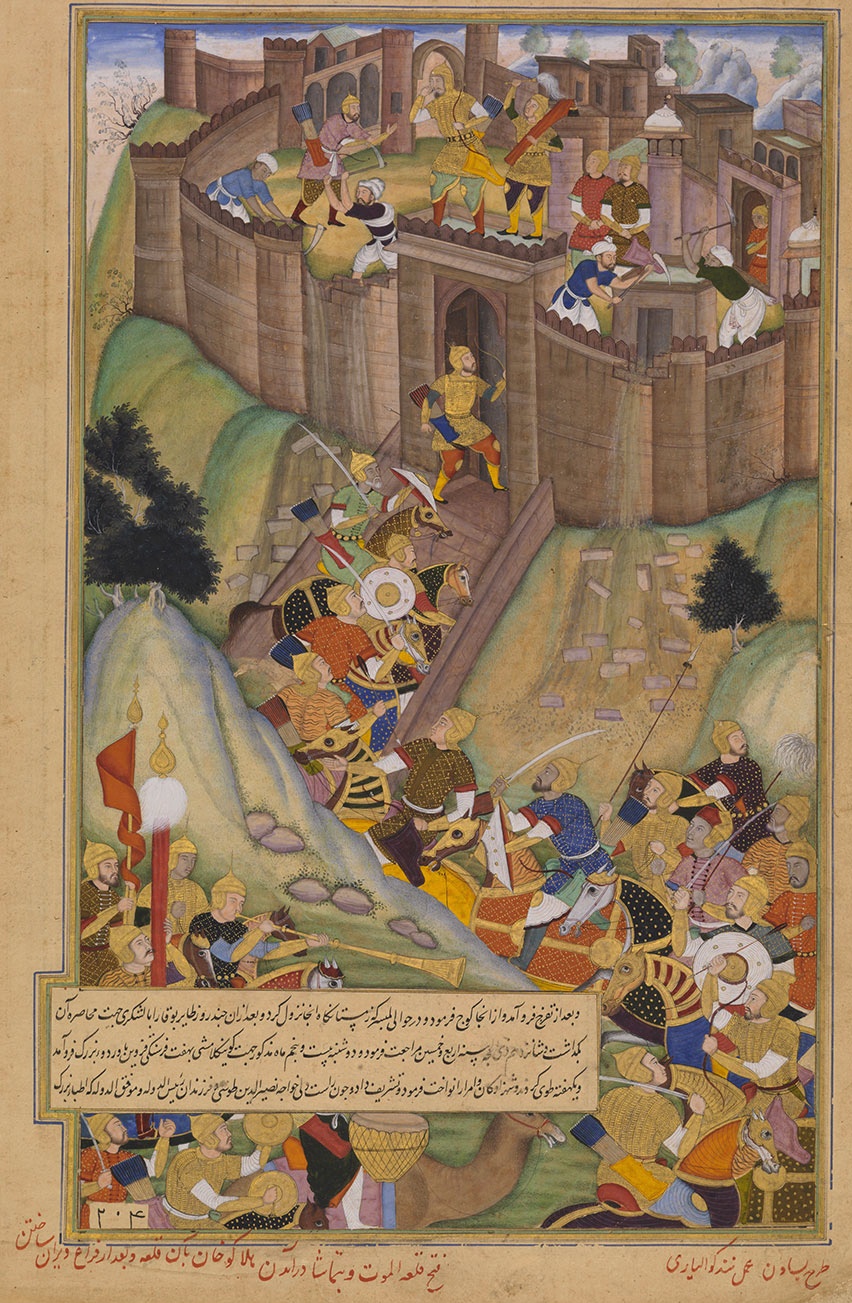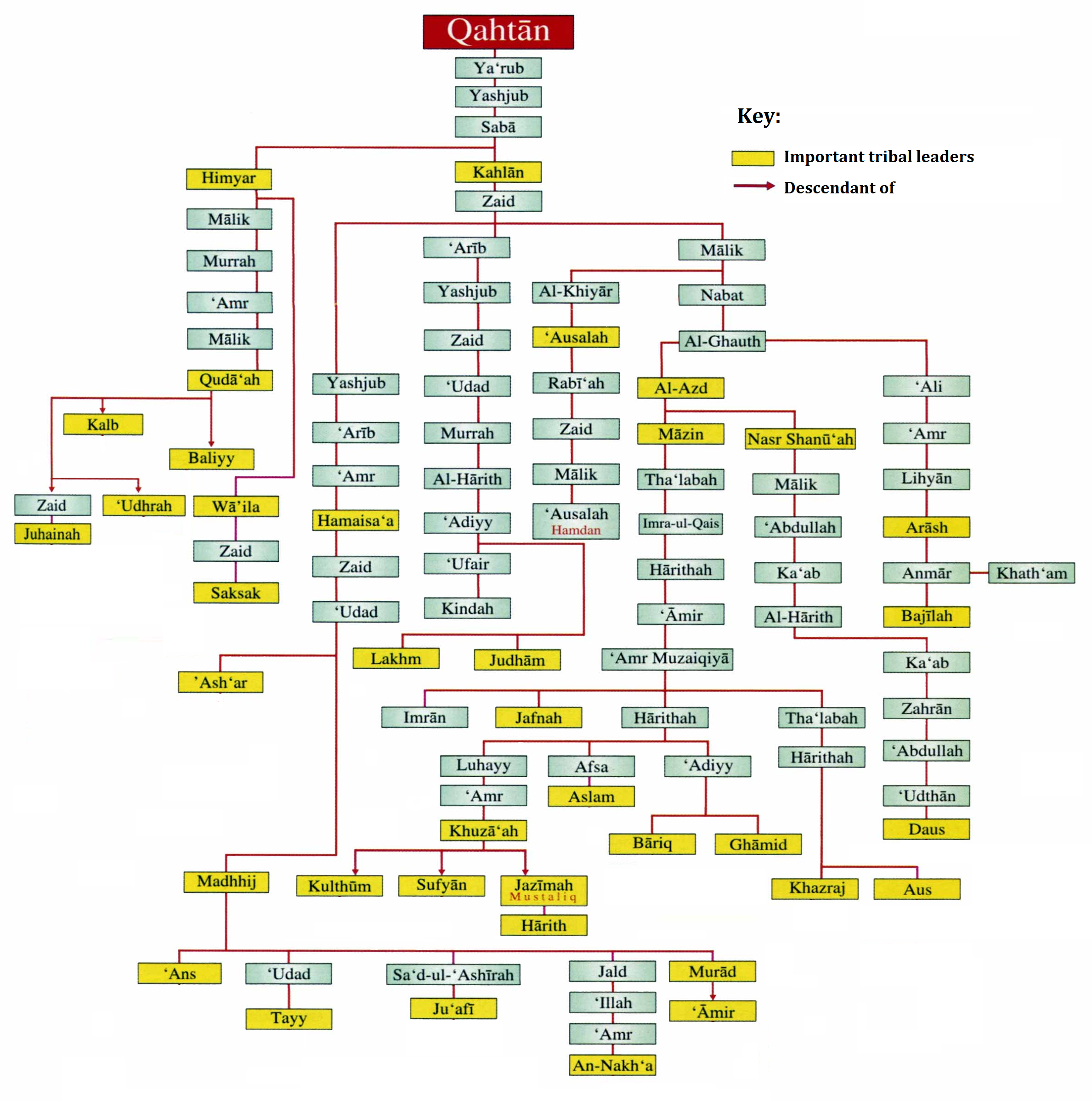|
Hassan-i-Sabbah
Hasan-i Sabbāh ( fa, حسن صباح) or Hassan as-Sabbāh ( ar, حسن بن الصباح الحميري, full name: Hassan bin Ali bin Muhammad bin Ja'far bin al-Husayn bin Muhammad bin al-Sabbah al-Himyari; c. 1050 – 12 June 1124) was the founder of the Nizari Isma'ili state and its ''fidā'i'' military groupLewis, Bernard (1967), ''The Assassins: a Radical Sect of Islam'', pp 38-65, Oxford University Press known as the Order of Assassins, often referred also as the ''Hashshashin''. Since Marco Polo, he has been known in the West as the Old Man of the Mountain. He later seized a mountain fortress called Alamut. Sources Hasan is thought to have written an autobiography, which did not survive but seems to underlie the first part of an anonymous Isma'ili biography entitled ''Sargozasht-e Seyyednā'' ( fa, سرگذشت سیدنا). The latter is known only from quotations made by later Persian authors. Daftary, Farhad, ''The Isma'ilis'', p. 311. Hasan also wrote a treatise, i ... [...More Info...] [...Related Items...] OR: [Wikipedia] [Google] [Baidu] |
Order Of Assassins
The Order of Assassins or simply the Assassins ( fa, حَشّاشین, Ḥaššāšīn, ) were a Nizārī Ismāʿīlī order and sect of Shīʿa Islam that existed between 1090 and 1275 CE. During that time, they lived in the mountains of Persia and in Syria, and held a strict subterfuge policy throughout the Middle East through the covert murder of Muslim and Christian leaders who were considered enemies of the Nizārī Ismāʿīlī State. The modern term assassination is believed to stem from the tactics used by the Assassins. Nizārī Ismāʿīlīsm formed in the late 11th century after a succession crisis within the Fatimid Caliphate between Nizār ibn al-Mustanṣir and his half-brother, caliph al-Musta‘lī. Contemporaneous historians include Arabs ibn al-Qalanisi and Ali ibn al-Athir, and the Persian Ata-Malik Juvayni. The first two referred to the Assassins as ''batiniyya'', an epithet widely accepted by Ismāʿīlīs themselves. Overview The Nizari Isma'il ... [...More Info...] [...Related Items...] OR: [Wikipedia] [Google] [Baidu] |
Alamut Castle
Alamut ( fa, wikt:الموت, الموت, meaning "eagle's nest") is a ruined mountain fortress located in the Alamut region in the South Caspian Sea, Caspian province of Qazvin near the Masudabad, Qazvin, Masoudabad region in Iran, approximately 200 km (130 mi) from present-day Tehran. In 1090 AD, the Alamut Castle, a mountain fortress in present-day Iran, came into the possession of Hassan-i Sabbah, a champion of the Nizari Isma'ilism, Nizari Ismaili cause. Until 1256, Alamut functioned as the headquarters of the Nizari Ismaili state, which included a series of List_of_Ismaili_strongholds, strategic strongholds scattered throughout Persia and Syria, with each stronghold being surrounded by swathes of hostile territory. Alamut, which is the most famous of these strongholds, was thought impregnable to any military attack and was fabled for its heavenly gardens, library, and laboratories where philosophers, scientists, and theologians could debate in intellectual freedom. ... [...More Info...] [...Related Items...] OR: [Wikipedia] [Google] [Baidu] |
Fedayeen
Fedayeen ( ar, فِدائيّين ''fidāʼīyīn'' "self-sacrificers") is an Arabic term used to refer to various military groups willing to sacrifice themselves for a larger campaign. Etymology The term ''fedayi'' is derived from Arabic: ''fidā'īyūn'' , literally meaning: "those who sacrifice themselves". Per country Armenia Armenian fedayi groups acted as irregular militia troops to defend their lands during the Hamidian massacres and the CUP's genocidal policies. Egypt During the 1940s, groups of Egyptian civilians formed ''fedayeen'' groups to contest the British occupation of Egypt, which by then was limited to the region against the Suez Canal. The British Army had established numerous military outposts around the canal zone, which many Egyptians viewed as a violation of their national sovereignty. This opposition was not supported by the Egyptian government, though these ''fedayeen'' groups held broad support among the general public in Egypt. In 1951 "mobs o ... [...More Info...] [...Related Items...] OR: [Wikipedia] [Google] [Baidu] |
Cambridge University Press
Cambridge University Press is the university press of the University of Cambridge. Granted letters patent by Henry VIII of England, King Henry VIII in 1534, it is the oldest university press A university press is an academic publishing house specializing in monographs and scholarly journals. Most are nonprofit organizations and an integral component of a large research university. They publish work that has been reviewed by schola ... in the world. It is also the King's Printer. Cambridge University Press is a department of the University of Cambridge and is both an academic and educational publisher. It became part of Cambridge University Press & Assessment, following a merger with Cambridge Assessment in 2021. With a global sales presence, publishing hubs, and offices in more than 40 Country, countries, it publishes over 50,000 titles by authors from over 100 countries. Its publishing includes more than 380 academic journals, monographs, reference works, school and uni ... [...More Info...] [...Related Items...] OR: [Wikipedia] [Google] [Baidu] |
Qahtanite
The terms Qahtanite and Qahtani ( ar, قَحْطَانِي; Arabic transliteration, transliterated: Qaḥṭānī) refer to Arab people, Arabs who originate from South Arabia. The term "Qahtan" is mentioned in multiple ancient Arabian inscriptions found in Yemen. Arab traditions believe that they are the original Arabs. Traditional Arab genealogy According to Arab tradition, the Qahtanites are from South Arabia, unlike the Adnanites who are from the north of Arabia descended from Ishmael through Adnan. "The 'arabized or arabizing Arabs', on the contrary, are believed to be the descendants of Ishmael through Adnan, but in this case the genealogy does not match the Biblical line exactly. The label 'arabized' is due to the belief that Ishmael spoke Hebrew until he got to Mecca, where he married a Yemeni woman and learnt Arabic. Both genealogical lines go back to Sem, son of Noah, but only Adnanites can claim Abraham as their ascendant, and the lineage of Mohammed, the Seal of Proph ... [...More Info...] [...Related Items...] OR: [Wikipedia] [Google] [Baidu] |
Arabs
The Arabs (singular: Arab; singular ar, عَرَبِيٌّ, DIN 31635: , , plural ar, عَرَب, DIN 31635, DIN 31635: , Arabic pronunciation: ), also known as the Arab people, are an ethnic group mainly inhabiting the Arab world in Western Asia, North Africa, the Horn of Africa, and the western List of islands in the Indian Ocean, Indian Ocean islands (including the Comoros). An Arab diaspora is also present around the world in significant numbers, most notably in the Americas, Western Europe, Arabs in Turkey, Turkey, Arab Indonesians, Indonesia, and Iranian Arabs, Iran. In modern usage, the term "Arab" tends to refer to those who both Arab identity, carry that ethnic identity and speak Arabic as their native language. This contrasts with the narrower traditional definition, which refers to the descendants of the tribes of Arabia. The religion of Islam was developed in Arabia, and Classical Arabic serves as the language of Islamic literature. 93 percent of Arabs are Muslims ... [...More Info...] [...Related Items...] OR: [Wikipedia] [Google] [Baidu] |
Shia
Shīʿa Islam or Shīʿīsm is the second-largest Islamic schools and branches, branch of Islam. It holds that the Prophets and messengers in Islam, Islamic prophet Muhammad in Islam, Muhammad designated Ali, ʿAlī ibn Abī Ṭālib as his Succession to Muhammad, successor (''khalīfa'') and the Imamah (Shia doctrine), Imam (spiritual and political leader) after him, most notably at the event of Ghadir Khumm, but was prevented from succeeding Muhammad as the leader of the Muslims as a result of the choice made by some of Companions of the Prophet, Muhammad's other companions (''ṣaḥāba'') at Saqifah. This view primarily contrasts with that of Sunni Islam, Sunnī Islam, whose adherents believe that Muhammad did not appoint a successor before Death of Muhammad, his death and consider Abu Bakr, Abū Bakr, who was appointed caliph by a group of senior Muslims at Saqifah, to be the first Rashidun, rightful (''rāshidūn'') caliph after Muhammad. Adherents of Shīʿa Islam are c ... [...More Info...] [...Related Items...] OR: [Wikipedia] [Google] [Baidu] |
Twelver
Twelver Shīʿīsm ( ar, ٱثْنَا عَشَرِيَّة; '), also known as Imāmīyyah ( ar, إِمَامِيَّة), is the largest branch of Shīʿa Islam, comprising about 85 percent of all Shīʿa Muslims. The term ''Twelver'' refers to its adherents' belief in twelve divinely ordained leaders, known as the Twelve Imams, and their belief that the last Imam, Imam al-Mahdi, lives in Occultation and will reappear as ''The promised Mahdi'' ( ar, المهدي المنتظر). According to the Shīʿa tradition, the Mahdi's tenure will coincide with the Second Coming of Jesus (ʿĪsā), who, along with Mahdi, would kill the Dajjal. Twelvers believe that the Twelve Imams are the spiritual and political successors to the Islamic prophet Muhammad. According to the theology of Twelvers, the Twelve Imams are exemplary human individuals who not only rule over the Muslim community (''Ummah'') with justice, but are also able to preserve and interpret the Islamic law (''sharīʿa'' ... [...More Info...] [...Related Items...] OR: [Wikipedia] [Google] [Baidu] |
Al-Shahrastānī
Tāj al-Dīn Abū al-Fath Muhammad ibn `Abd al-Karīm ash-Shahrastānī ( ar, تاج الدين أبو الفتح محمد بن عبد الكريم الشهرستاني; 1086–1153 CE), also known as Muhammad al-Shahrastānī, was an influential Persian historian of religions, a historiographer, Islamic scholar, philosopher and theologian. His book, '' Kitab al–Milal wa al-Nihal'' (lit. ''The Book of Sects and Creeds'') was one of the pioneers in developing an objective and philosophical approach to the study of religions. Life Very few things are known about al-Shahrastānī's life. He was born in 1086 CE A.H., in the town of Shahristān, (Khorasan, province of Persia) where he acquired his early traditional education. Later, he was sent to Nīshāpūr where he studied under different masters who were all disciples of the Ash`ari theologian al-Juwaynī (d. 1085). At the age of thirty, al-Shahrastānī went to Baghdad to pursue theological studies and taught for three ye ... [...More Info...] [...Related Items...] OR: [Wikipedia] [Google] [Baidu] |
Persian Language
Persian (), also known by its endonym Farsi (, ', ), is a Western Iranian language belonging to the Iranian branch of the Indo-Iranian subdivision of the Indo-European languages. Persian is a pluricentric language predominantly spoken and used officially within Iran, Afghanistan, and Tajikistan in three mutually intelligible standard varieties, namely Iranian Persian (officially known as ''Persian''), Dari Persian (officially known as ''Dari'' since 1964) and Tajiki Persian (officially known as ''Tajik'' since 1999).Siddikzoda, S. "Tajik Language: Farsi or not Farsi?" in ''Media Insight Central Asia #27'', August 2002. It is also spoken natively in the Tajik variety by a significant population within Uzbekistan, as well as within other regions with a Persianate history in the cultural sphere of Greater Iran. It is written officially within Iran and Afghanistan in the Persian alphabet, a derivation of the Arabic script, and within Tajikistan in the Tajik alphabet, a der ... [...More Info...] [...Related Items...] OR: [Wikipedia] [Google] [Baidu] |








